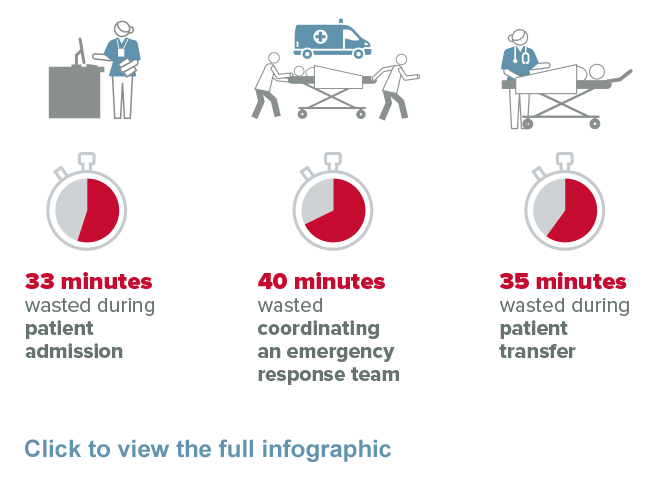Health 2.0 Conference: Technology Investments for Tomorrow…and Today.
When it comes to technology, care providers, IT innovators and business people often have opposing priorities.
As an emergency physician, my primary concern is patient care, so technology should help me treat patients more efficiently and effectively. More to the point, it should help solve existing challenges in today’s fee-for-service healthcare model. By contrast, many IT innovators and investors tend to focus on the advancements that new technologies can bring in tomorrow’s value-based healthcare model.
This dynamic was captured perfectly in the discussions that took place at this years’ Health 2.0 Conference, where a great mix of clinical leadership, healthcare IT vendors and venture capitalists gathered to discuss the future of healthcare technology. I participated in a Doctors 2.0 pre-conference session panel, which focused on the importance of investing in technologies that offer efficiency gains and other improvements that are applicable in the changing healthcare model without losing sight of today’s challenges.
For instance, my session identified one of the most important challenges care providers deal with every day: Inefficient communications.
Communications have a tremendous impact on patient care. If I am able to quickly receive information, share with colleagues and coordinate next steps, I can more efficiently and effectively care for patients.
Unfortunately, communications breakdowns and inefficiencies are far too commonplace. These breakdowns detract from the patient care process by clogging workflows and disrupting the team’s collective thought process.
One of the primary causes of these communications deficiencies is the pager- a ubiquitous source of frustration across the healthcare industry. Waiting for a page to be answered can be excruciating, and receiving pages can be equally as agonizing: the incessant screeching of a pager gives no context as to the relative importance of each page.
Most importantly, though, communication inefficiency affects patient care.
The Imprivata Report on the Economic Impact of Inefficient Communications in Healthcare surveyed more than 400 healthcare providers to understand how pagers and other outdated communications technologies impact three critical workflows: patient admissions, coordinating emergency response teams, and patient transfers.
Overwhelmingly, respondents agreed that significant time is wasted due to inefficient communications. The amount of time being wasted is simply staggering. For example, admitting each patient takes about 51 minutes - an average 33 minutes (or 65 percent) of which—is wasted due to inefficient communications. In other words, patient wait times are doubled because providers don’t communicate efficiently.

The report reveals similarly shocking time wasting statistics in other contexts: on average, about 54 percent of emergency response team coordination time, and patient transfer time, is wasted because of inefficient communication.
Fortunately, technology can help — The Imprivata report identified secure text messaging as a way to cut this wasted time in half, which would drastically improve patient (and provider) satisfaction. This is an example of a technology that could solve a major clinical workflow challenge today while providing value for the evolving healthcare industry.
The Health 2.0 Fall Conference was an excellent forum to bring these issues to the table. The next step is for clinical leadership to articulate the inadequacies of pagers to IT decision makers, in order to empower IT departments to seek alternatives that increase efficiency, enable more effective care coordination, and, most importantly, improve the quality of patient care.
